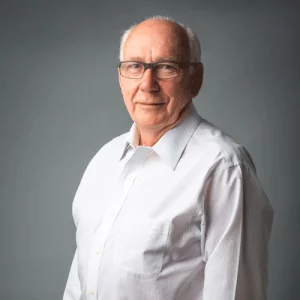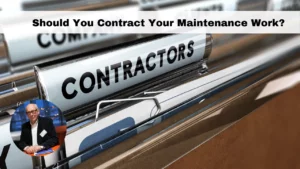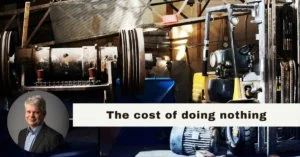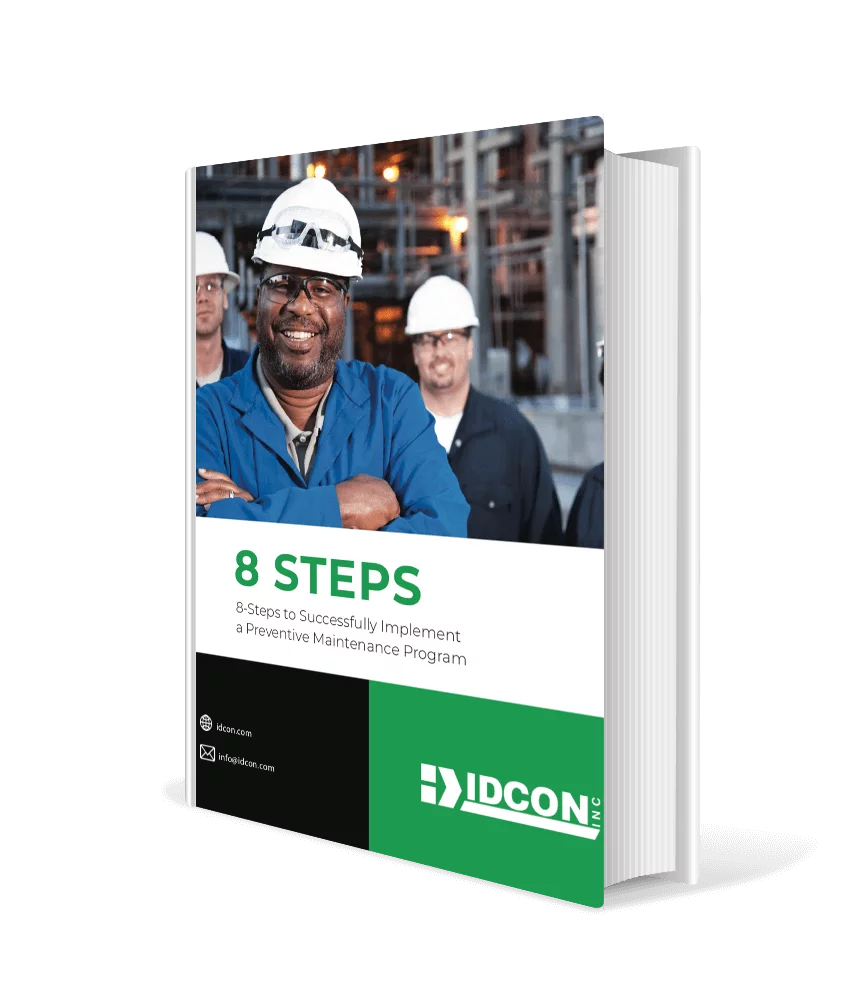In all of my experience , I’ve noticed that the best performing organizations do one things in common.
It’s the secret to maintenance and reliability all great organizations know, and today I’d like to share it with you.
It can be said in one word…
Implementation
The best organizations implement, the rest do not implement.
Most organizations spend more time planning what to do than actually doing it. In the best organizations, much time is spent on developing, documenting, and agreeing on what to do; but much more time is spent on implementing reliability and maintenance plans over a long time period.
HOW LONG IS FOREVER?
During his keynote speech, my good friend John Crowe, vice president at Buckeye Cellulose in Perry, Fla., told the Atlanta audience at areliability and maintenance conference that he now knows how long “forever” is.
At a plant visit, an employee told him that, in his plant, forever is eight weeks long. “You see, John,” the employee said, “We have had a lot of new managers over the years.
All of them have started a new maintenance program and said it was what we would do forever, but no maintenance program has lasted longer than eight weeks. So, for here, forever is eight weeks.”
In many organizations, forever might be twelve weeks or even a year.
The three best performers I recently worked with are in their twenty-fourth year, tenth year, and ninth year of constant improvement in the same maintenance program respectively.
These plants have come to a point where good practices are instituted so that they are a way of life.
CONTINUOUS IMPROVEMENT
Another keynote speaker at Paper Industry Maintenance ’99 was Göran Eriksson, maintenance and engineering manager of Korsnäs AB, Gävle, Sweden.
He presented a recently completed project with a focus on reliability and maintenance improvements. Korsnäs is internationally known because of its products and performance.
After Göran’s presentation, some people told me they had visited Korsnäs and were impressed, and they asked why such a mill needed an improvement program.
My observation in good mills is that there is only a start line to improvements, and there is no finish line. “If you stop becoming better, you are not good anymore” is an old and very appropriate statement.
THE MOBILITY DISEASE
Dr. Deming stated many times that one of American industry’s most serious diseases is the mobility of top management.
A new manager is equal to a new program, and employees have seen this happen many times over the years.
Consequently, they are reluctant to give anything but politically correct lip service to the new program, even if the new manager says it will last forever!
It is a challenge for new managers to break through this wall of employee reluctance to actually get something implemented and done.
This is especially difficult if the new manager has held more than three positions in different mills in the last four years and has been promoted because of fast—but not always lasting—results. If this is the case, it is written on the wall that he or she will not stay long in your mill, and fast results have to be produced for the next promotion. T
he obvious short-term results will include cutting maintenance costs by reducing the number of people, but not reducing the work that must be done or organizing the work for more efficient execution.
The recipe will likely include changing the organization. If it is centralized—decentralize. If it is centralized—decentralize, and so on.
BEST PERFORMERS.
The best performers realize that changing the organization cannot be done with desired results unless essential maintenance systems and processes are implemented and owned by the front line people.
When this is the case, it does not matter so much if you have a centralized, decentralized, or any other type of organization.
Best performers have their maintenance system, including all processes within this system, well documented, and they work continuously on improving and implementing it.
New managers and other employees are hired on the premises that they will continue to work within the system. I have helped many organizations develop and document these systems and processes, but do not call me for a copy, because it is the work your organization goes through in developing this strategic document that is important.
The results are an important tool for the future, as well as never-ending implementation and continuous improvement work.
When you have consistently followed and implemented this strategy, with all its elements, for three to five years, 80% of your organization might be productive followers.
Then, you will see great and sustainable results.
Cutting the number of employees before you have essential maintenance processes implemented will only produce 6 to 18 months of savings and 6 to 60 months of increased losses…





